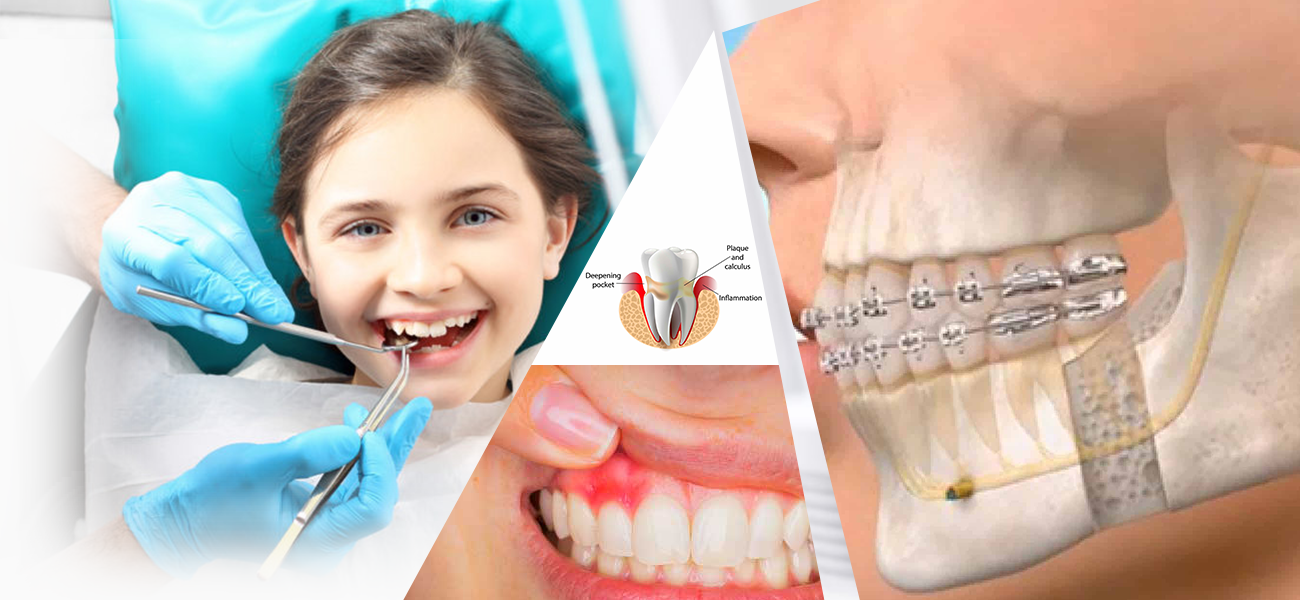In principle, all back teeth (molars and premolars) can be fitted with porcelain inlays. Front teeth (incisors and canines), on the other hand, are treated with composites. Only in cases where the defect (caries or filling) reaches deep under the gum, or where the remaining tooth substance is weak and brittle (for example root-canal-treated teeth), is a crown the better and lasting alternative.
An inlay or onlay is a type of material which is placed inside or over the surface of a decayed or damaged tooth and are seen as a good alternative to a crown. They are made from a variety of materials such as gold or ceramic and cover the top surface of a tooth.
Ceramic inlays have no metal core and are therefore translucent. They are bonded to the tooth using a special adhesive method, leaving no marginal gaps. A chemical bond is created between tooth and ceramic, restoring weakened teeth to their original strength. The high translucency yields an exceptional aesthetic quality. Ceramic is exceedingly biocompatible. For example, allergies such as to certain alloys are unknown. Ceramic inlays are long-lasting. The following diagram shows the longevity comparison between composite fillings and ceramic inlays.


